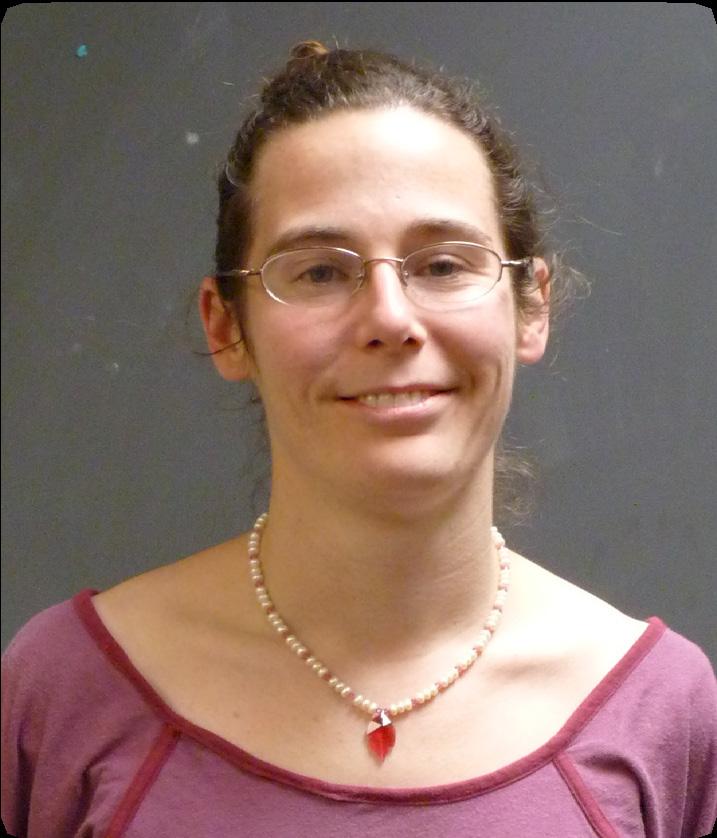Workforce WRITING inaReadiness Class Teaching
by Susan Moore-Parkhurst
“I cannot spell to save my life!” “I don’t know how to put this into words...” “I don’t have any skills, so how can I describe them?”
After having taught career education classes for five years, I recognize these “complaints” for what they really are: adult students expressing anxiety when confronted with a writing task. From my experience, there are three major factors that contribute to this fear of writing. First, most adults in workforce classes haven’t been in a classroom for over thirty years; second, they may have had negative classroom experiences; and third, their confidence levels usually are extremely low due to continued layoffs and a weak job market. Combine this set of challenges with a fourth: many students in our workforce classes have little or no experience in how to operate and utilize a computer. New River Community College’s Adult Education Program has seen an increase in demand for its workforce readiness courses over the past several years as companies have begun closing or laying off workers in large numbers. Workforce teachers face an entirely different set of challenges in teaching writing than GED teachers. GED teachers have available to them a plethora of books, web resources, workshops, and practice tests that help them in instructing and evaluating students in writing a satisfactory GED essay. Workforce teachers have a more limited set of resources. If their programcanafford it, they may have access to a workrelated program of study, such as Contemporary’s Work Matters, or PBS Literacy Link’s Workplace Essential Skills. 10
These packages do a wonderful job of helping a teacher cover the basics of job-related topics such as resumés, cover letters, and job applications, but they are of little use when a student can’t write a job objective or compose a cogent list of his or her job skills. To help our learners increase their basic skills while gaining valuable workforce readiness skills, I developed a work readiness curriculum that incorporates writing in every lesson and supplementary writing activities for any teacher to use. We start our first class with an introduction and then a goal-setting writing activity. In the introduction, students interview each other and write the answers to their partner’s questions on a sheet of paper. They later introduce their partner to the class using that sheet of paper.
Our writing activities culminate in filling out a job application and writing an effective resumé, a cover letter, and a thank you letter for an interview. In the goal-setting activity, I give students a check-off list of goals, to which they are free to add if they choose. Once they have completed their goal sheet, they go to a computer and type their list or paragraph. At this point in time, I am more interested in their thought processes and comfort with computer use than with correct grammar, punctuation, and word usage. As we progress through the classes, we do an Internet-based assessment that matches an individual’s personality with a group of jobs. After narrowing their job choices, students write a paragraph in Microsoft Word rating the assessment and explaining why they chose the profession that they did. We then move on to getting free email accounts; students write emails to each other before they send me the attachments of their Word assignments from the previous class. We learn copying and pasting from the Internet using an online career planning tool, and students add their own paragraphs at the end of their papers. We learn to interpret Help Wanted ads, and then students write a Help Wanted ad with a partner. Winter 2011 .:PROGRESS





